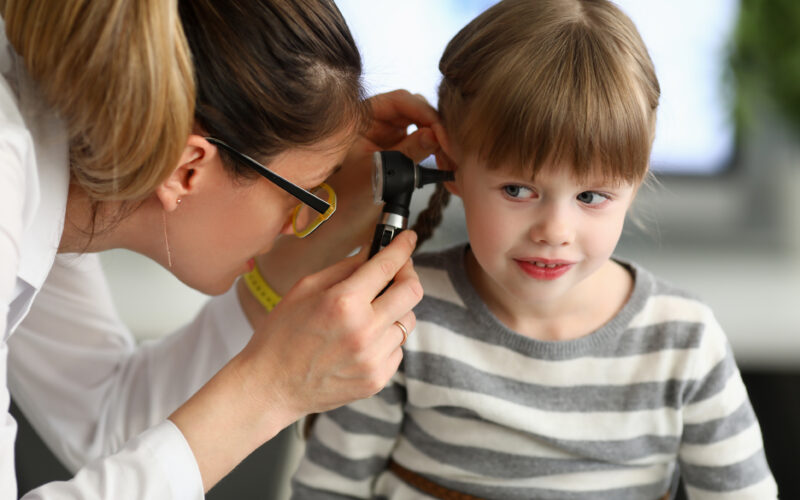Promoting Communication in the Home
OCTOBER 13, 2020
Teaching communication skills helps your child to get their wants and needs met, improves their independence and safety, and increases their ability to interact with others. Communication comes in many forms, including spoken words, gestures, pictures, use of an augmentative device, and sign language. It is important for caregivers to have a variety of strategies for teaching and encouraging their child to communicate at home.
THE BENEFITS OF PROMOTING COMMUNICATION AT HOME:
- Improved communication skills are associated with decreases in disruptive behavior – Children who can functionally communicate their wants and needs are less likely to feel frustrated
- Working on communication in the home allows children to practice these skills with the people who they spend the most time with
- Skills can be taught and practiced in the context of play, daily activities, and home routines. This allows for teaching that is functional and relevant!
- Respond to all types of communication!
Your child may communicate by:
- Making eye contact with you
- Changing his/her body posture or facial expressions
- Saying a word or making sounds
- Reaching/pointing/gesturing towards you
- Attempting to play with you
- Treat your child’s attempts to communicate with purpose and respond
- Praise your child for communicating with you (i.e., “Wow! Nice asking!”)
2. Create opportunities for your child to communicate with you
- Sing songs with your child and leave out a word or phrase for your child to fill-in
- Offer your child a choice between 2 items by holding the items up and out of reach
- Keep toys in containers that your child cannot open
- Keep favourite toys in areas that are out of reach
- Begin an interaction that your child enjoys (i.e. tickles), then pause & wait
3. Wait and keep expectations consistent
- Pause after creating opportunities and give your child enough time to communicate with you
- Slow down and don’t rush interactions – this will reduce frustration and make it more likely that your child will communicate again
- Be consistent with the communication you expect from your child – If they are able to request using 2 words, wait for that type of request before responding
4. Model language during play and routines
- Speak slowly, emphasize words, and be repetitive
- Model language that is one step above your child’s communication level
- For example, if your child brings his empty cup to you and points to the juice container – respond by saying, “Juice” and then giving them juice
- Your child moves away or doesn’t want to communicate with you
- Solution: Make interactions fun and easy!
- Get down on your child’s level and remain face to face as much as possible
- “Follow your child’s lead” by allowing them to explore and choose toys they like
- Avoid asking your child questions and giving instructions as this may cause frustration
- Be animated, exaggerate gestures, and use ‘attention getting’ words (i.e., “uh oh”, “wow!”)
2. Your child keeps repeating the same things
- Solution: Show them that new words and variety is exciting
- Give your child more enthusiastic praise whenever they say something new or different and remain neutral to things that are repetitive
- Expose your child to a variety of toys and activities and model new language and words
- Shape their language by acknowledging what they say and then giving them something different to say (e.g., Child always says: “crash” when knocking the blocks down, you can say: “They fell down!”)


